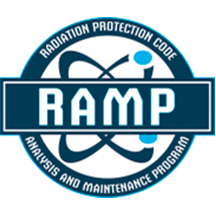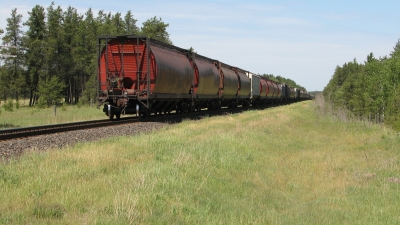Turbo FRMAC (Distributed by Sandia)
NRC-RADTRAN
The NRC Radioactive Material Transport (NRC-RADTRAN) computer code is used for risk and consequence analysis of radioactive material (RAM) transportation. A variety of RAM is transported annually within this country and internationally. The shipments are carried out by overland modes (mainly truck and rail), marine vessels, and aircraft. Transportation workers and persons residing near or sharing transportation links with these shipments may be exposed to radiation from RAM packages during routine transport operations; exposures may also occur as a result of accidents.
NRCDose3
NRCDose is a user-friendly graphical user interface (GUI) for the LADTAP Il, GASPAR II, and XOQDOQ programs which operate under all Microsoft Windows™ platforms. These Fortran codes implement NRC’s current requirements for As Low As Reasonably Achievable (ALARA) for radioactive effluents from nuclear power plants. NRCDose allows the user to enter and retrieve data through a series of windows dialogs, making the use of the program much more user-friendly and efficient than its original design.



